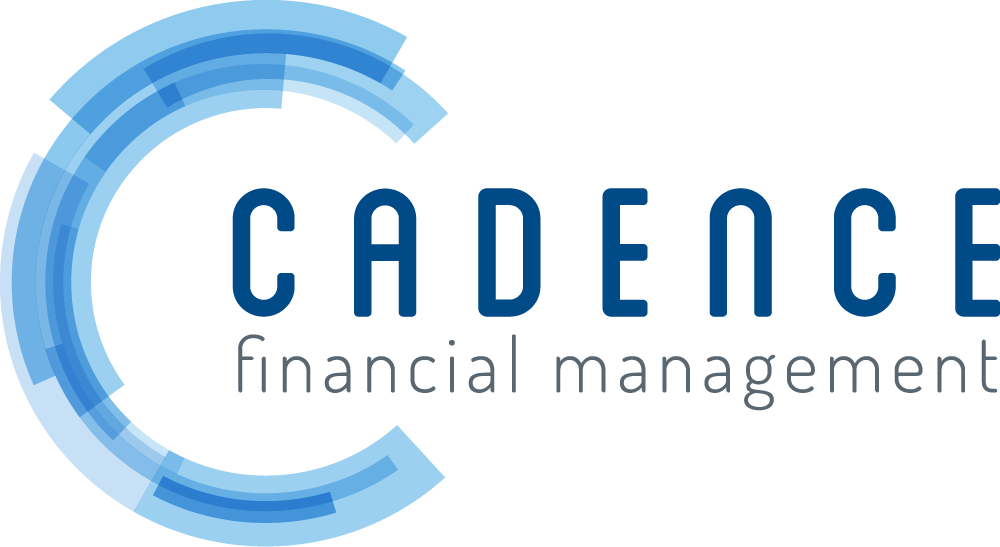Financial Wellness Gone Wrong
According to Forbes, a financial wellness program is the new “must-have” employee benefit. And it’s not hard to argue that it’s a must-have for plan sponsors too. After all, financial stress can hinder productivity and dampen employee morale, while financial wellness can help workers gain control of their financial lives and retire on time, saving companies money. But this is one area where less is definitely not more — and rubber stamp solutions can cause problems all their own. Here are four examples of financial wellness gone wrong.
One-size-fits-all approaches. Imagine going to a doctor who prescribed every patient the same medicine regardless of their symptoms or diagnosis. Cookie-cutter financial wellness programs make just about as much sense. And worse, unlike employees with no program at all, participants of poorly designed and implemented programs could end up overestimating their preparedness when important areas of financial wellness are neglected. Workers’ financial needs and concerns can vary depending on many factors including age, gender, risk tolerance, life stage, educational level and socioeconomic status. And a sound financial wellness program must address these individual differences.
Online-only (non)solutions. Programs without in-person advisory support can leave some employees behind. Digital resources are necessary — but not sufficient — for a robust financial wellness offering. Without the option of face-to-face interaction, those not inclined or well-equipped to take advantage of online resources can be underserved. You want flexible options for both individual and group in-person interactions to enable more in-depth discussion of questions and concerns. Some employees need one-on-one assistance, and increasingly many are expressing the desire to avoid having to tackle retirement planning decisions alone.
Limited scope and focus. It can be easy for 401(k) service providers to emphasize programming around retirement plan contributions at the expense of a more integrative financial wellness approach, but they’d do so at the peril of participants and sponsors alike. When workers can’t get a handle on debt, for example, it can be difficult for them to contribute enough to their 401(k) to retire on time. And if they haven’t been educated about the necessity of an emergency fund, it’s more likely they’ll raid their retirement plan in the event of a crisis. The impact of delayed retirement on workforce costs, are well-documented, and SHRM reports that workers under high stress are more likely to take sick days and miss work. Financial wellness programming that fails to cover all the bases — from budgeting to credit and debt to investing and long-term care planning — can leave participants and organizations vulnerable.
Insufficient performance metrics. If you don’t gauge progress, how can you (or your participants) tell if you’re making any? The WellCents assessment tool provides a global financial wellness score as well as metrics across a wide spectrum of individual financial priorities. Repeat measures assess ongoing progress while offering participants specific and actionable advice to address their identified needs. And sponsors need their own metrics to evaluate progress: Compared to the average 1-2% utilization rate, WellCents boasts a 35%-75% utilization rate from employees.
WellCents is an integrative and customized end-to-end financial wellness solution that provides benchmarks for progress and actionable advice across a variety of platforms that’s highly individualized to participants’ needs. Sponsors simply can’t afford to get financial wellness wrong. WellCents is the win-win solution you want — and your employees need.
Sources:
https://peterlazaroff.com/what-makes-a-bad-financial-wellness-offering/
https://www.prudential.com/corporate-insights/employers-should-care-cost-delayed-retirements
This material was created to provide accurate and reliable information on the subjects covered but should not be regarded as a complete analysis of these subjects. It is not intended to provide specific legal, tax or other professional advice. The services of an appropriate professional should be sought regarding your individual situation. The material presented was created by RPAG. Securities, investment advisory, and financial planning services offered through qualified registered representatives of MML Investors Services, LLC. Member SIPC (www.sipc.com). Supervisory Office: 16 Campus Blvd, Newtown Square, PA 19073. Cadence Financial Management, LLC is not a subsidiary or affiliate of MML Investors Services, LLC or its affiliated companies. ACR# 3800817 10/21
